The Ultimate Guide to Locating True Japanese Culinary Gems in the US
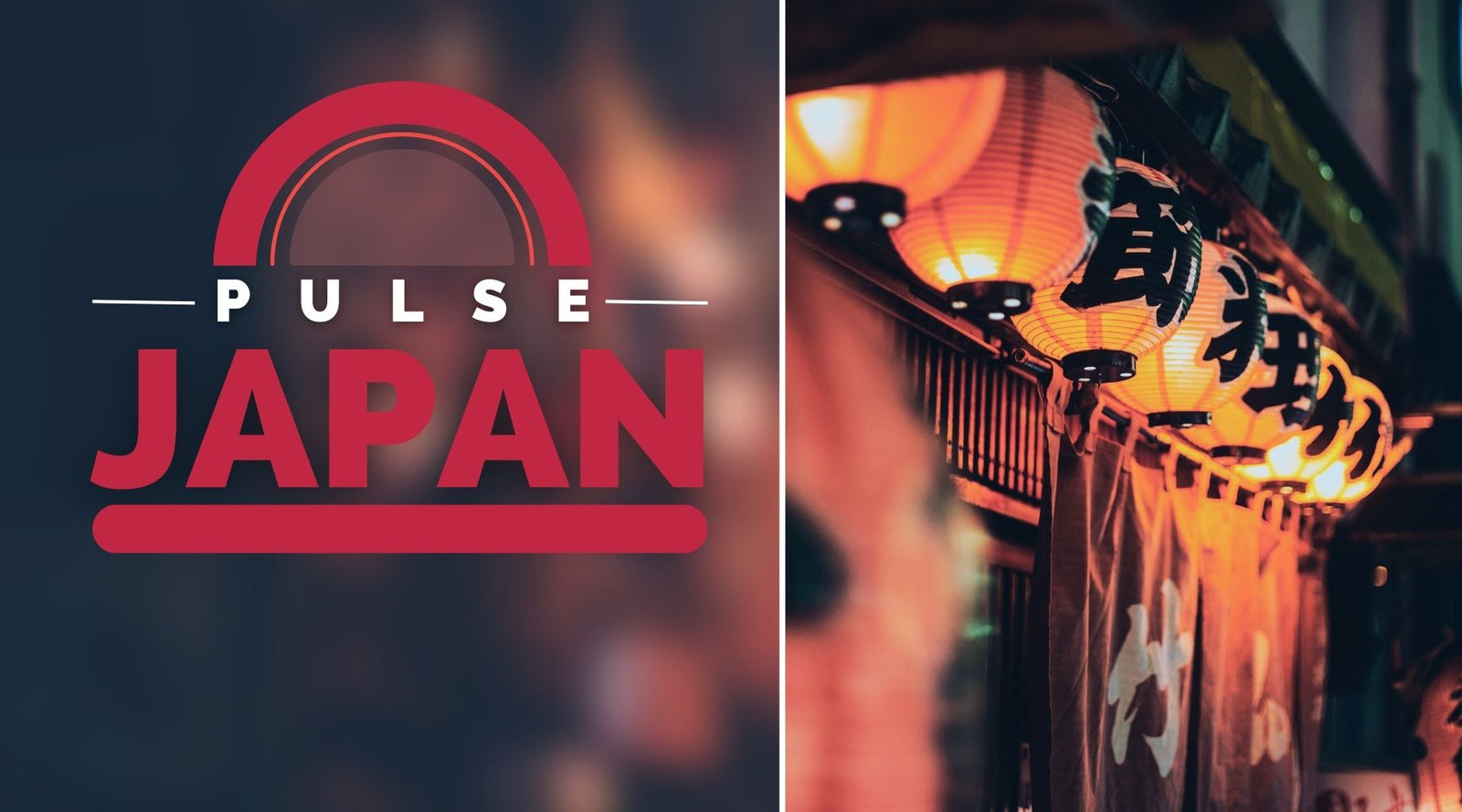
So, you're on the hunt for that perfect bowl of ramen or authentic sushi experience that'll transport your taste buds straight to Tokyo, huh? Welcome to the club! Authentic Japanese cuisine isn’t just food; it's a meticulous craft (Savvy Tokyo). But let's face it, finding the real deal outside Japan can be like searching for a needle in a haystack of California rolls.
Why's it so tough? Well, it’s a mix of different factors. First, the availability of fresh, high-quality ingredients can be way more challenging stateside. Japanese cuisine places a premium on fresh fish, artisanal soy sauce, and seasonal produce. Secondly, there’s the knack needed to prepare these dishes. Japanese chefs typically undergo rigorous training, some even for decades, mastering the fine knife skills and techniques. To top it all off, there’s the consumer demand that shapes what's served. Restaurants might cater more to Western tastes, veering off from authentic recipes due to popular demand (Quora).Now, why should you even care about authenticity anyway? Good question! Authentic Japanese food isn’t just about taste; it’s a full-on sensory experience. Authenticity in Japanese culinary art encompasses the balance of flavors, superb presentation, and traditional techniques. The concept of "umami" or the fifth basic taste found in soy sauce, miso, and more has been a foundational aspect of Japanese cuisine for centuries (Nosh). When you chase authenticity, you're also chasing the cultural and historical essence embedded in each dish.
Alright, so what’s in it for you? This guide aims to be your culinary compass, pointing you straight to the hidden gems of Japanese cuisine scattered across the US. Consider it a treasure map for your taste buds, helping you navigate through the sea of subpar imitations to find spots that honor the integrity of Japanese culinary traditions.
Whether you’re a sushi aficionado, a ramen rebel, or just someone who appreciates a well-made bowl of miso soup, this guide has got you covered. We’ll explore top cities for Japanese dining, break down what to look for in an authentic restaurant, and even decipher those intimidating menus. Buckle up; your adventure into the world of impeccable Japanese cuisine in the US is about to begin!
Diving deep into the rich tapestry of Japanese cuisine, let's explore what makes it truly authentic, distinguishing it from its many imitators around the globe.
Key Characteristics of Genuine Japanese Food
Authentic Japanese cuisine is built on three core characteristics: respect for fresh ingredients, nutritional balance, and seasonality.
-
Respect for Ingredients: Japanese chefs prioritize using fresh, high-quality ingredients that are often locally sourced. The natural flavors are highlighted rather than masked.
-
Nutritional Balance: Meals are meticulously crafted to offer a well-rounded nutritional profile, often incorporating elements like fish, seaweed, vegetables, and rice.
-
Seasonality: The Japanese culinary tradition places a heavy emphasis on the seasons. Ingredients and dishes change with the seasons to ensure peak freshness and flavor (source).
When it comes to Japanese cuisine, there are some staple dishes that are recognized and loved worldwide, yet their authentic versions often remain something of a mystery to the uninitiated.
-
Sushi: Far from just artfully arranged fish on rice, authentic sushi emphasizes quality fish and perfectly seasoned rice. Nigirizushi (hand-formed sushi) is particularly cherished.
-
Ramen: Authentic ramen boasts a rich, slow-cooked broth and hand-pulled noodles, a far cry from the instant varieties so common in the West (source).
-
Tempura: Light yet crispy, authentic tempura is all about the delicate batter and the right oil temperature. It often features seasonal vegetables and seafood.
-
Soba and Udon: These noodle dishes are simple but can be deeply satisfying. Soba, made from buckwheat, has a nutty flavor, while udon noodles are thicker and chewier (source).
Japanese cuisine isn't just about taste—visual appeal is equally vital. Presentation, often referred to as moritsuke, is an art form that emphasizes simplicity, balance, and harmony.
-
Moritsuke: This involves arranging food to be as aesthetically pleasing as possible. The use of seasonal and regional ingredients is crucial, along with attention to color, shape, and texture (source).
-
Culinary Techniques: Fundamental methods like simmering (niru), grilling (yaku), steaming (musu), and deep-frying (ageru) play a significant role. Each technique highlights different ingredients and flavors (source).
By now, it’s clear that genuine Japanese cuisine is a sophisticated balance of fresh ingredients, meticulous preparation, and artistic presentation. As you venture into discovering these culinary gems, understanding these elements will enrich your experiences.
Top US Cities for Authentic Japanese Dining
New York: The Big Apple of Japanese Cuisine
New York takes the crown when it comes to authentic Japanese food in the US. From high-end sushi bars to cozy izakayas, the city offers a vibrant Japanese culinary scene. You’ll find Michelin-starred giants like Masa, which boasts three stars and a reputation for excellence in sushi (The Shops at Columbus Circle).
But it’s not just about high-end dining. Neighborhood favorites like Japan Village and Sake Bar Decibel bring an authentic and casual Japanese vibe that's hard to find elsewhere. The city's large population and endless appetite for diverse cuisines create a perfect storm for top-notch Japanese dining establishments (TimeOut).
Los Angeles: The West Coast Epicenter
Los Angeles is another major player, offering a Japanese food scene that rivals Tokyo. Renowned chefs like Niki Nakayama, famous for her kaiseki cuisine, elevate the city's culinary landscape (Wikipedia). You can't talk about LA and Japanese food without mentioning Nobu, Osawa Shabu Shabu & Sushi, and Sushi Gen—top-tier spots that offer more than just a meal, they provide an experience (Yelp).
The city's large Japanese-American population ensures a constant demand for authenticity. From trendy spots like Hayato (MICHELIN Guide) to lesser-known gems, LA delivers a well-rounded Japanese dining experience.
San Francisco: Japantown and Beyond
San Francisco, home to the oldest Japantown in the US, offers a blend of tradition and innovation in its Japanese food scene (Apartment Guide). From eccentric spots like Chome to high-end sushi bars, the city has something for everyone (SF Chronicle).
The city's commitment to fresh ingredients and sustainability also elevates its Japanese cuisine. High-quality seafood and seasonal produce ensure that whether you're enjoying a nigiri platter or sipping on miso soup, you’re consuming the best the city has to offer (Eater SF).
Other Noteworthy Cities
While New York, Los Angeles, and San Francisco are the giants, other cities also offer excellent Japanese dining.
-
Chicago: Known for its diverse food scene, Chicago has stellar options for Japanese fare.
-
Seattle: With its proximity to the Pacific, Seattle boasts incredibly fresh seafood, perfect for sushi lovers.
-
Honolulu: Given Hawaii’s large Japanese-American population, you’ll find some of the most authentic Japanese food in the US here (Apartment Guide).
Factors Contributing to Quality
What sets these cities apart? A combination of factors ensures high-quality Japanese dining experiences:
-
Diverse Populations: Large, multicultural populations create demand for diverse and authentic Japanese dining options.
-
Proximity to Fresh Ingredients: Coastal cities like San Francisco and Seattle benefit from readily available fresh seafood.
-
Culinary Expertise: Renowned chefs often find homes in these cities, bringing with them knowledge and authenticity that elevate local Japanese cuisine.
Excited to explore these cities and find your own culinary gems? The beauty of Japanese cuisine in the US lies in its diversity and adherence to tradition, making each dining experience both familiar and novel.
Identifying Authentic Japanese Restaurants
When it comes to identifying an authentic Japanese restaurant in the US, there are a few telltale signs. Authenticity starts with the basics: respect for traditions and a focus on quality. Observe the level of detail, from the decor to the dishware, and especially how the food is presented. Authentic Japanese cuisine values simplicity and sophistication, echoing the harmony and balance cherished in Japanese culture (ByFood).
Moreover, the ambiance should generally be calm and understated. A neon sign or excessively flashy decor is typically a red flag. Authenticity is also about specialization. Look for restaurants excelling in specific dishes—be it sushi, ramen, or tempura—since Japanese culinary tradition often emphasizes mastering a particular type (Roka Akor).
An authentic Japanese menu goes way beyond sushi and teriyaki chicken. Start with the basics: Is the menu concise and easy to navigate? True Japanese establishments typically focus on a few specialties, allowing them to perfect these dishes. Beware of those mile-long menus that seem more suited for a diner than a Japanese restaurant (Quora).
Focus on the quality of ingredients. Fresh, seasonal produce should be front and center, underscoring the Japanese emphasis on natural flavors (JapanCentre). Items like sashimi, miso soup, and various forms of tofu are pretty good indicators. Another solid tip: if you see sushi rolls overloaded with mayonnaise or cream cheese, turn around and walk away slowly.
Ownership matters. Restaurants owned by Japanese individuals or those with chefs who have trained in Japan are more likely to offer an authentic experience. This isn't about ethnic gatekeeping but about ensuring a deep-rooted understanding of Japanese culinary ethos. In Japan, the path to becoming a chef is often rigorous, involving years of training and apprenticeship (Roka Akor).
So, don’t hesitate to check out the restaurant’s "About Us" section or read reviews to see if the chef has bona fide credentials. You might even find it displayed proudly in the restaurant. For instance, some sushi chefs train for over a decade to perfect their craft, making you feel like you're getting a tiny piece of Japan on your plate.
Your journey in finding authentic Japanese restaurants isn’t just about the food. It's about connecting with a part of Japan's rich cultural heritage right from your dining table. Each authentic restaurant is a mini-ambassador of Japanese tradition and history, ensuring every bite you take tells a story worth savoring.
Must-Try Dishes at Authentic Japanese Restaurants
When you step into an authentic Japanese restaurant, a culinary adventure awaits you. Here’s a tasty tour of traditional Japanese staples you shouldn't miss:
-
Sushi: More than just raw fish, sushi is a delicate dance of vinegared rice, fresh fish, and vegetables. Good sushi is an art form, where every bite is a symphony of flavors. Fancy a taste? Try an assortment, from nigiri (rice topped with seafood) to sashimi (just the fresh fish) (BBC Good Food's Top 10 Foods).
-
Ramen: Comfort in a bowl, ramen is a broth-based noodle soup that varies by region. Whether it's miso ramen from Hokkaido or tonkotsu (pork bone) ramen from Kyushu, each bowl tells its own story (CNN Travel - 25 Japanese Foods).
-
Tempura: Think of Tempura as Japan’s answer to fried comfort food. Fresh seafood and vegetables are lightly battered and deep-fried to golden perfection. The trick? Pair them with a dipping sauce or simple salt for an exquisite contrast (Japan Centre).
-
Soba and Udon Noodles: Soba are slender buckwheat noodles usually served cold with a dipping sauce, while Udon are thick, chewy noodles often served in a mild broth. Both are cornerstones of Japanese noodle culture and a must-try (Western Union - Traditional Japanese Dishes).
-
Unagi: This grilled freshwater eel, typically basted in a sweet soy sauce, is a summertime favorite. It’s not just delicious; it’s said to provide stamina and vitality (Hotels.com - Best Japanese Foods).
Regional Specialties and Their Significance
Japan’s rich culinary landscape varies dramatically by region, each with unique specialties influenced by local ingredients and climates. Here's a glimpse:
-
Hokkaido: Renowned for seafood, dairy, and ramen, this northernmost island is a food lover's paradise.
-
Kansai: Home to Osaka’s comforting okonomiyaki (savory pancake) and Kyoto’s refined kaiseki cuisine, highlighting seasonal veggies.
-
Kyushu: Known for bold flavors, including the famous Hakata ramen and hearty hot pots.
Understanding these specialties allows you to appreciate the diversity within Japanese cuisine. Each dish carries the essence of its origin, making your dining experience richer (Japan Travel - Regional Specialties).
Seasonality isn’t just a preference in Japanese cuisine; it’s a foundational principle. The term "shun" refers to ingredients at the peak of their flavor and nutritional value. From spring’s bamboo shoots to autumn’s chestnuts, the Japanese dining experience is a celebration of the seasons (Wikipedia - Japanese Cuisine).
Spring, summer, autumn, and winter each bring their own delightful offerings, reflecting the Japanese ethos of harmonizing with nature’s rhythms. This focus on seasonality not only ensures the freshest flavors but also brings a variety to your table that's rooted in tradition (Musubi Kiln - Japanese Food Culture).
Embark on this culinary journey, savor these iconic dishes, and let the harmonious balance of flavors and traditions transport you straight to Japan.
Navigating Japanese Restaurant Menus
Feeling a bit lost while staring at a Japanese restaurant menu? Fear not, fellow foodie! Let’s decode some common Japanese culinary terms to help you order with confidence.
-
Sashimi (刺身): Raw fish slices, typically served with soy sauce and wasabi.
-
Tempura (天ぷら): Battered and deep-fried seafood or vegetables.
-
Yakitori (焼き鳥): Grilled chicken skewers, often seasoned with tare (a sweet soy sauce) or salt.
-
Onigiri (おにぎり): Rice balls, usually wrapped in seaweed and filled with pickled ume, fish, or vegetables.
Understanding these basics will guide you through many menus with ease. For a comprehensive list of Japanese food terms, check out (Gayot).
Tips for Ordering Like a Local
Ordering in a Japanese restaurant might seem daunting, but it’s easier than you think!
-
Greet and be seated: When you walk in, you’ll likely hear “irasshaimase!” meaning “welcome!” Respond with a smile; no need to say anything back. (Japan Guide).
-
Make your order: Use the dish name followed by “wo hitotsu onegaishimasu” if you’re ordering one item. For instance, "Tempura wo hitotsu onegaishimasu" means "Can I have one tempura, please?" (Japan Switch).
-
Special requests: If you have dietary restrictions or preferences, be direct. Pointing at menu items while expressing preferences politely works well.
These simple steps can transform your ordering experience from anxious to seamless.
Exploring Beyond Sushi and Ramen
Sure, sushi and ramen are great, but there's so much more to Japanese cuisine! Here are a few hidden gems you might not know:
-
Sukiyaki (すき焼き): A hot pot dish with beef, tofu, and vegetables simmered in a sweet soy sauce broth. (Gaijinpot Travel).
-
Katsudon (カツ丼): A comforting bowl of rice topped with breaded and fried pork cutlet, egg, and a savory sauce.
-
Anago (穴子): Conger eel on rice, offering a different, sweeter taste compared to unagi (freshwater eel).
Japanese menus might look intimidating, but with a little know-how, you can venture beyond the familiar and discover unique flavors and textures. Enjoy a succulent slice of Japanese culinary delight in your next meal!
Armed with these tips, you’re ready to navigate Japanese restaurant menus like a pro. Next up, let’s delve into the exceptional Japanese restaurants scattered across the US, each offering a slice of authenticity you won't want to miss. Happy dining!
Spotlight on Exceptional Japanese Restaurants in the US
Americans' love affair with Japanese cuisine has come a long way from the days of supermarket sushi trays. Today, the US is home to some of the most exceptional Japanese restaurants that are revered for their authenticity and culinary excellence. In this chapter, we spotlight some of the crème de la crème destinations to immerse yourself in true Japanese gastronomy.
Sushi Nakazawa, New York City
Let’s kick things off with Sushi Nakazawa in New York City because it’s not every day you get to feast on sushi created by a protégé of the legendary Jiro Ono. Daisuke Nakazawa channels all that he learned under Jiro’s strict mentorship into this establishment, making it a must-visit for sushi aficionados. The minimalist decor lets the food take center stage, and the omakase experience here is nothing short of spectacular. Each sushi piece is meticulously prepared and presented, underscoring the restaurant’s commitment to authenticity (Mashed).
Sushi | Bar Montecito, Santa Barbara
Sushi | Bar Montecito in Santa Barbara offers more than just sushi; it delivers an immersive culinary experience. With a bar-like setting, patrons can watch the master chefs create each dish right before their eyes. Fresh ingredients sourced locally and flown in from Japan ensure every bite is a testament to quality (Lovefood).
Raku, Las Vegas
Over in Las Vegas, Raku provides an izakaya experience that brings Japan’s pub culture to Sin City. From skewers (yakitori) to house-made tofu, Raku is lauded for its flavorful dishes that stay true to traditional Japanese techniques (Timeout).
Nobu, Various Locations
Of course, no list of top Japanese restaurants is complete without mentioning Nobu. With locations spanning the US, Nobu has gained international acclaim for its fusion of Japanese cuisine with Peruvian flavors. While this might sound like a departure from traditional Japanese fare, the quality and authenticity of its ingredients remain uncompromised (Michelin Guide).
Unique Features and Specialties of Each Restaurant
What sets these exceptional restaurants apart isn’t just their high-quality ingredients but also their dedication to the Japanese culinary principles of “shun” (seasonality) and “umami” (the fifth taste). Many of these establishments offer omakase menus, where chefs curate a selection of dishes based on seasonal availability, ensuring that diners get the freshest experience possible.
Personal Experiences and Expert Recommendations
From personal experience, nothing beats the thrill of sitting at the counter in an intimate sushi bar like Sushi Nakazawa, watching the chef’s knife skills culminate in a perfect nigiri. For a more casual yet no less delicious option, Raku’s charcoal-grilled skewers are a knockout. If you’re looking for a high-end outing, Nobu’s black cod miso is a burst of flavors that justify its high praise.
These restaurants not only offer delectable dishes but also an avenue to appreciate Japan's rich culinary heritage.
And as we move forward, remember that the experience goes beyond just the food. The next lesson is to embrace the dining customs and pairings, which will elevate your Japanese culinary adventure to an entirely new level.
Tips for Enhancing Your Japanese Dining Experience
Etiquette and Customs in Japanese Restaurants
Dining at an authentic Japanese restaurant involves more than just savoring delectable dishes—it's about respecting the traditions and customs that have been perfected over centuries. Here's a crash course on maneuvering Japanese dining etiquette like a pro:
-
Chopstick Manners: Never, I repeat, never point with your chopsticks. It’s like using them as a magic wand—just don’t! Also, avoid sticking them upright in your rice bowl; it's a funeral ritual and definitely a mood killer. Always place them on the provided holder, or simply on the wrapper (TripSavvy).
-
Slurp Away: If you’re enjoying a bowl of ramen or soba, slurping is completely acceptable—and even encouraged. It shows you’re enjoying the meal (Nomiyarestaurant).
-
Soup Technique: Eat your soup with chopsticks. Yes, you read that right. Pick out the solids with your chopsticks, and sip the broth directly from the bowl (Nomiyarestaurant).
-
The Art of Pouring: Never pour your own drink. It's customary to pour drinks for others and let them pour yours. Remember to say "Kanpai!" (cheers) before taking that first sip (TripSavvy).
Pairing Suggestions for Japanese Cuisine and Beverages
Let's be real—pairing the right drink with your meal can elevate your whole dining experience to a new level of yum. Here's what works wonders with different Japanese dishes:
-
Sushi and Sashimi: The ultimate go-to is sake, of course. But white wine, especially something crisp like a Pinot Grigio or even champagne, pairs extraordinarily well (Jancis Robinson).
-
Tempura: Light, crispy, and screaming for a good match. Pair it with a Chardonnay or even a Sancerre to cut through the oil (Wine Enthusiast).
-
Ramen: This cozy bowl of goodness goes great with Japanese beers like Sapporo, or a Riesling if you’re feeling fancy (Shogun Orlando).
Making the Most of Omakase and Kaiseki Experiences
Ah, the crown jewels of Japanese dining: omakase and kaiseki. These experiences are on another level and can seem intimidating, but worry not—I've got your back.
Omakase
Omakase means "I'll leave it up to you," and it's all about trust. Your chef will serve you a selection of seasonal dishes based on what's fresh and what they think you'll enjoy. To get the most out of it:
-
Engage with the Chef: Not verbally, just show your appreciation through smiles or nods. Their happiness in serving will enhance your dining experience.
-
Eat in Order: The dishes are often designed to be eaten in a particular order; respect it for the harmony of flavors (Cathay Pacific).
Kaiseki
A Kaiseki meal is essentially a multi-course feast that reflects the changing seasons. Each dish is a masterpiece both in taste and presentation. Here's how to enjoy it to the fullest:
-
Dress the Part: Smart casual is the norm, say no to flip-flops and shorts (Inside Kyoto).
-
Savor Each Course: Take your time to appreciate the visual beauty before devouring the dish (Kokoro Cares).
A Japanese dining experience is about engaging all your senses and showing profound respect for the culture. You’re now equipped to not only enjoy the food but to truly immerse yourself in the entire experience. Ready to dig in?
Conclusion
Traversing the maze of Japanese culinary options in the US can be overwhelming, but it's a worthwhile endeavor. The journey began with understanding what makes Japanese cuisine authentic. This means appreciating the delicate balance of flavors, the use of fresh, seasonal ingredients, and the artistry in plating. Authentic eateries pride themselves on these characteristics.
In exploring top US cities, we found gems in New York, Los Angeles, and San Francisco. These hotspots thrive due to diverse populations, access to fresh ingredients, and a lively food scene. However, Chicago, Seattle, and Honolulu also offer notable authentic experiences thanks to similar qualities.
We then discussed signs of genuine Japanese restaurants. Look for places owned by Japanese individuals or those with chefs trained in Japan. Authentic menus are often concise, focused, and filled with seasonal specials and traditional dishes.
When it comes to dining out, knowing key Japanese culinary terms and understanding the etiquette can vastly enrich your experience. For example, saying "itadakimasu" before eating and "gochisousama" afterward enhances the cultural immersion (artsandculture.google.com).
Seasonality plays a pivotal role. Don't miss out on dishes that reflect the time of year, like fresh sashimi in summer or nabemono (hot pot) in winter. Trying must-taste dishes such as sushi, ramen, and tempura gives a good start, but also delve into regional specialties like Kyoto's kaiseki or Hiroshima's okonomiyaki.
The richness of Japanese gastronomy lies in its simplicity and depth. It’s not just about eating; it’s about experiencing a piece of Japan's culture and history with every bite. The journey to find authentic experiences might involve some trial and error, but each meal, each dish, each flavor adds to the adventure.
Remember, authenticity can sometimes be a matter of perspective. Whether it’s finding the perfect bowl of ramen or stumbling upon a cozy izakaya, the quest itself is an integral part of the experience. So, relish the process, savor each discovery, and continue to explore the vibrant and diverse world of Japanese cuisine in the US.










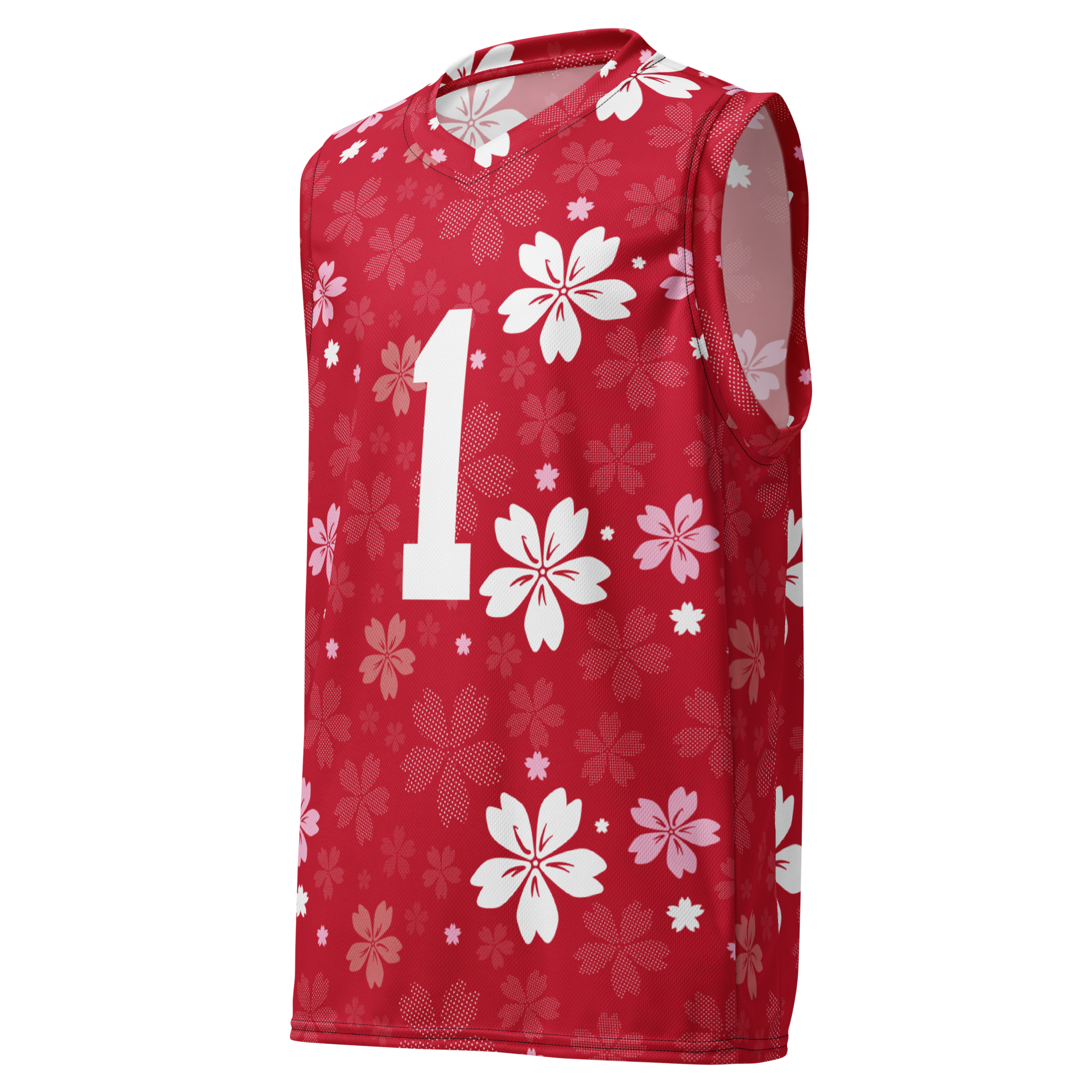
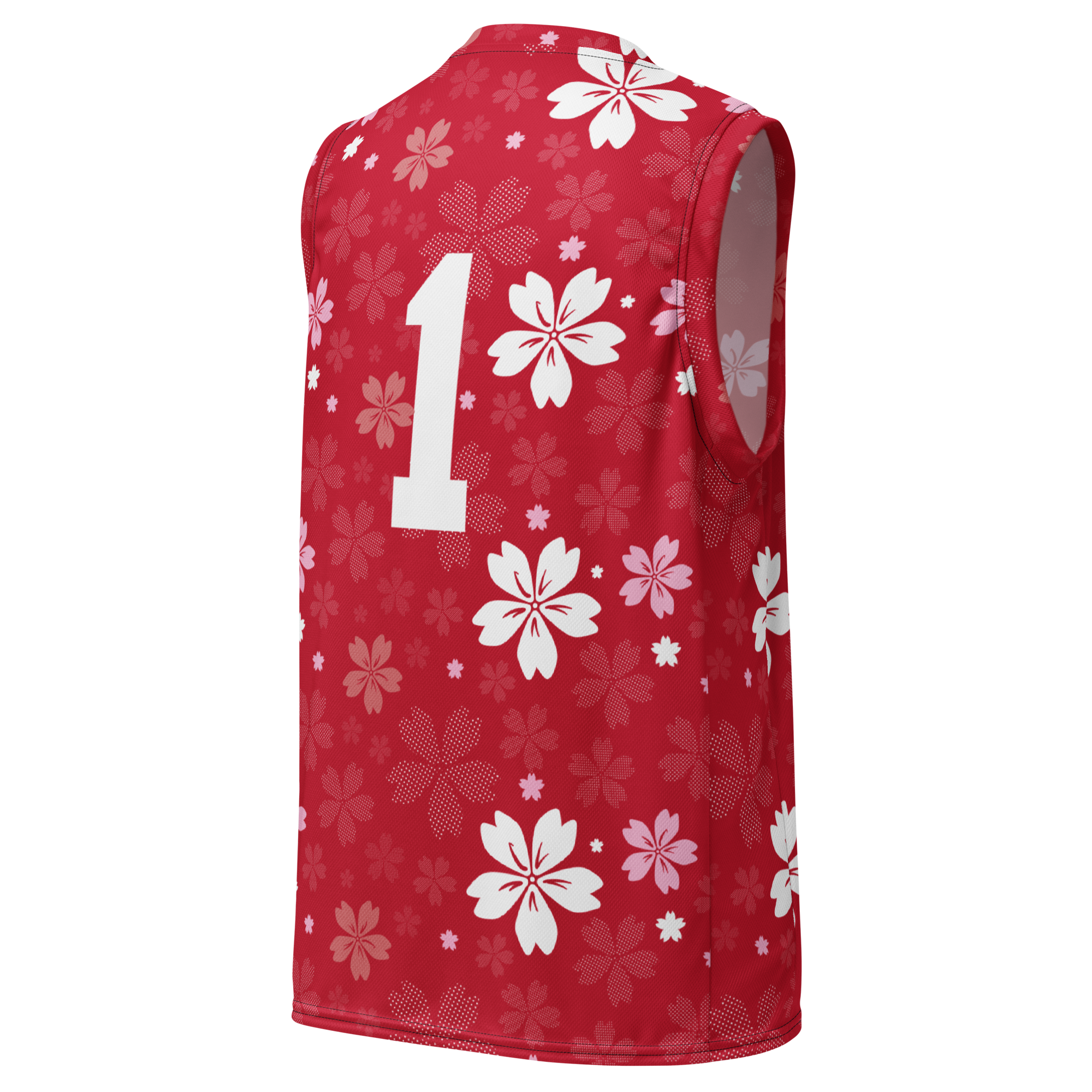

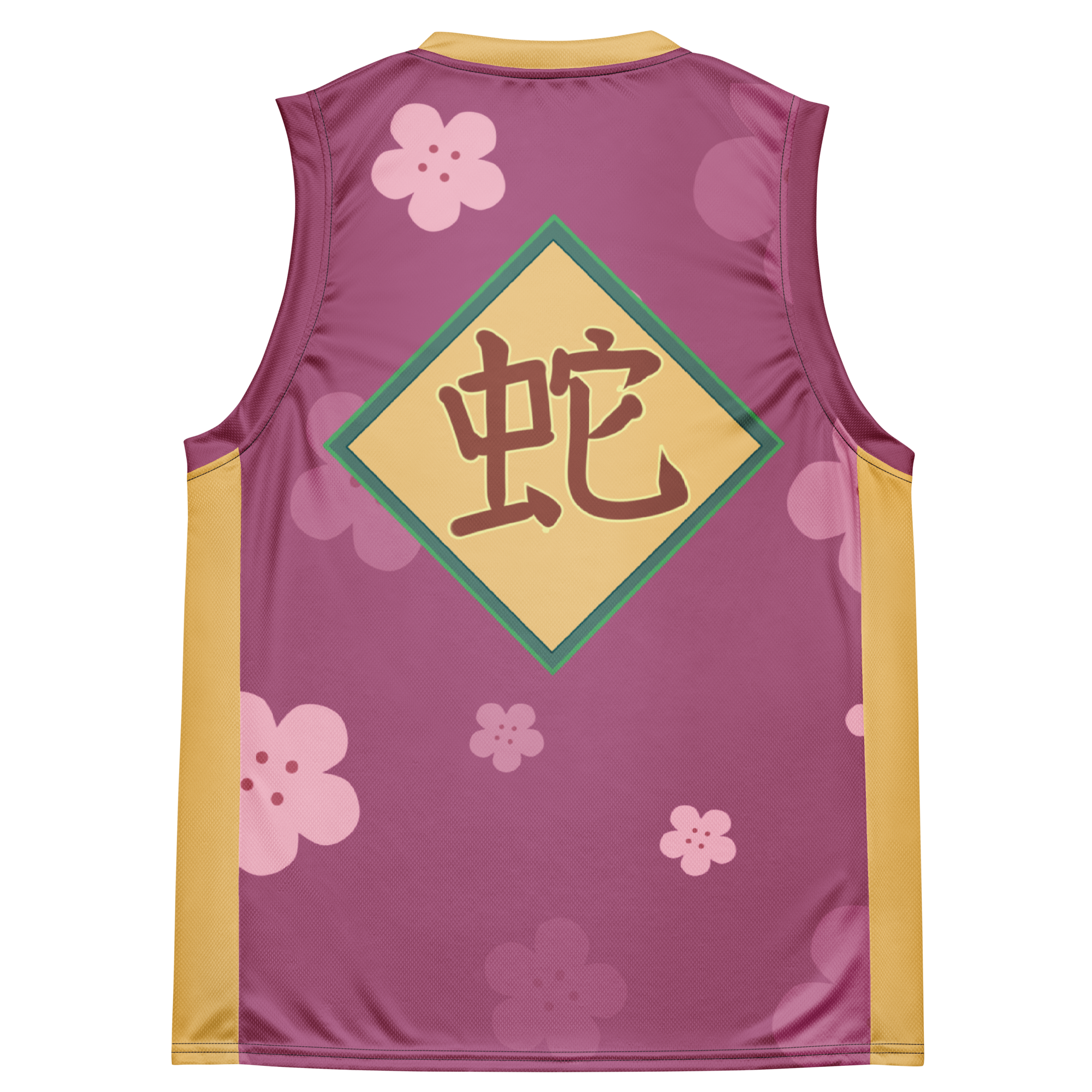
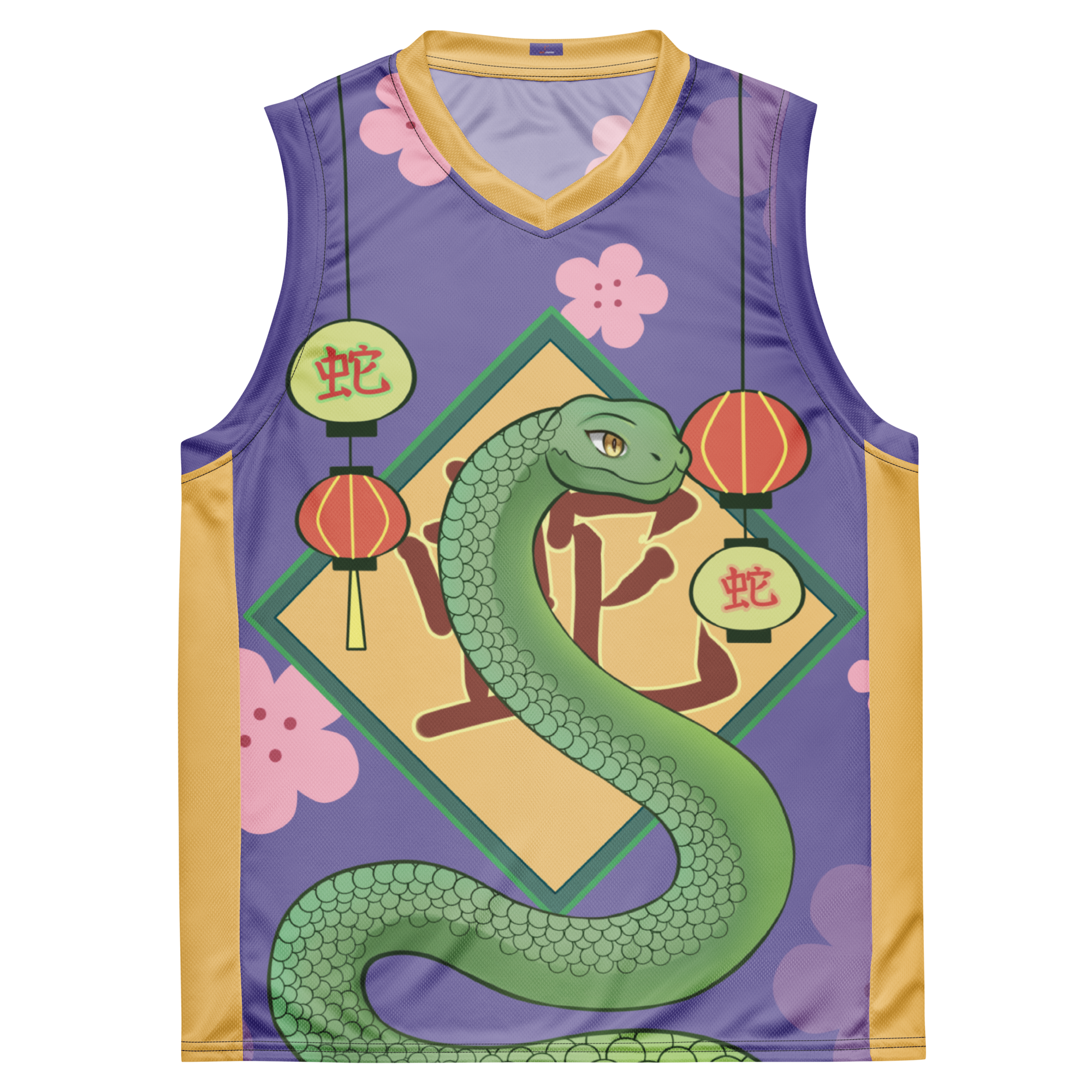
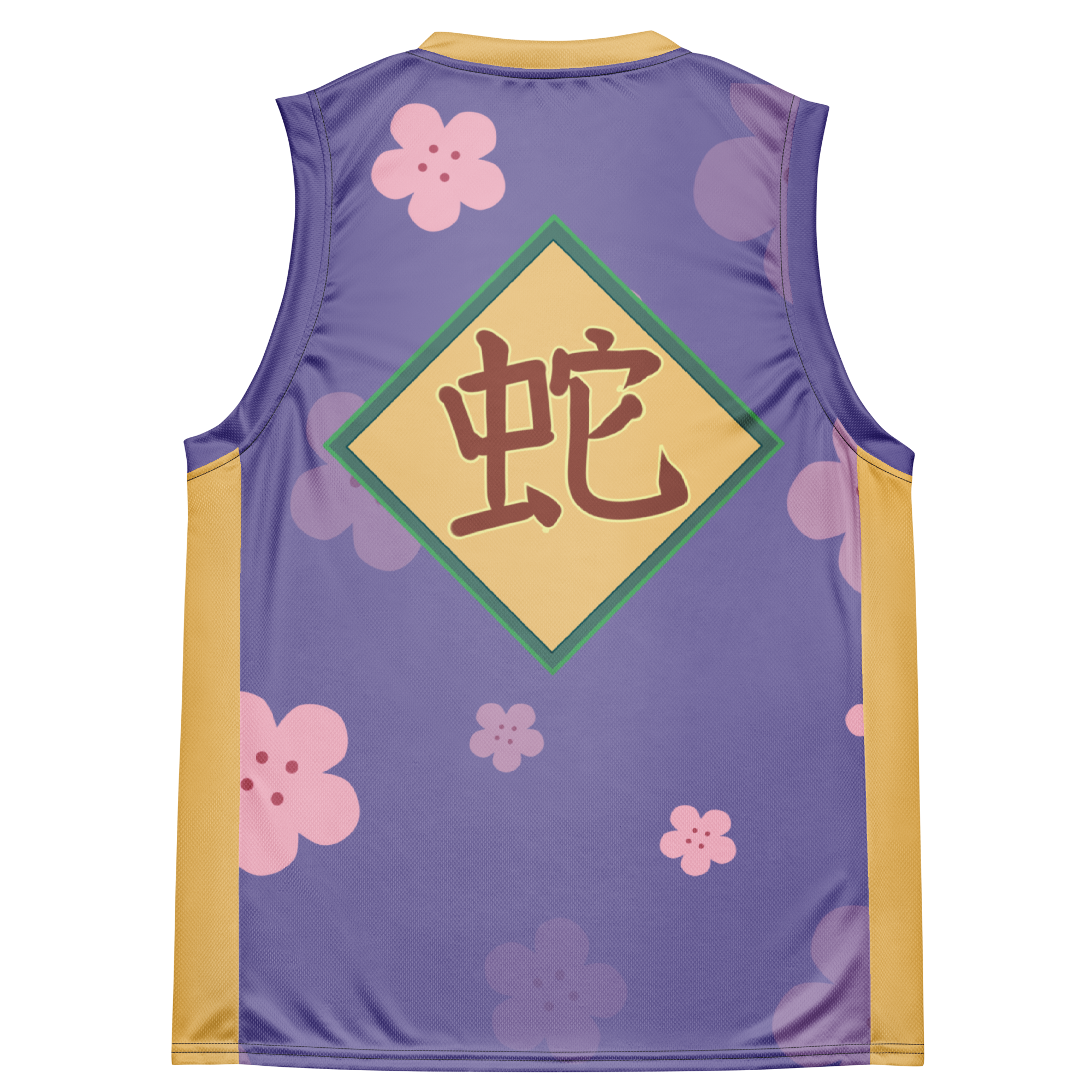
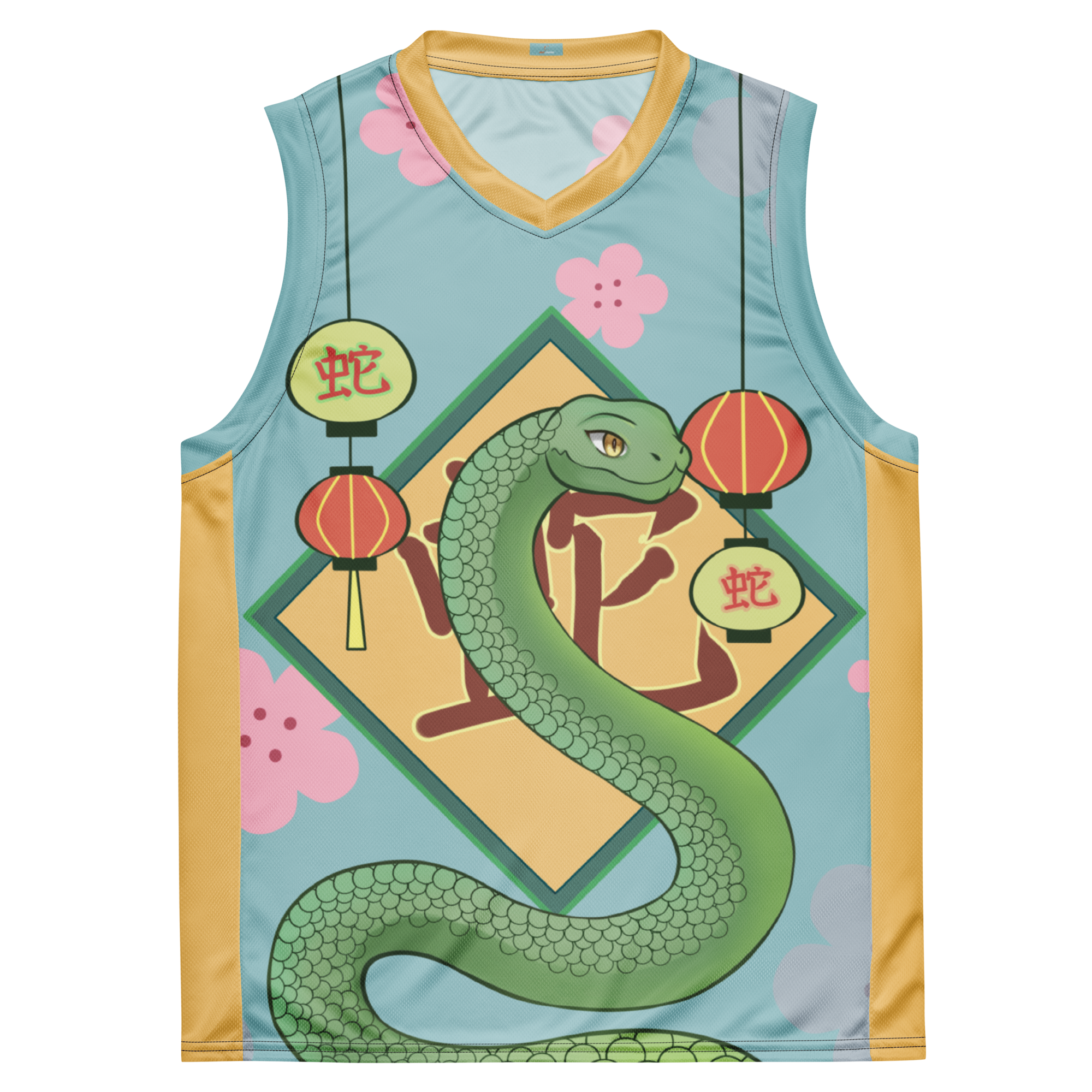
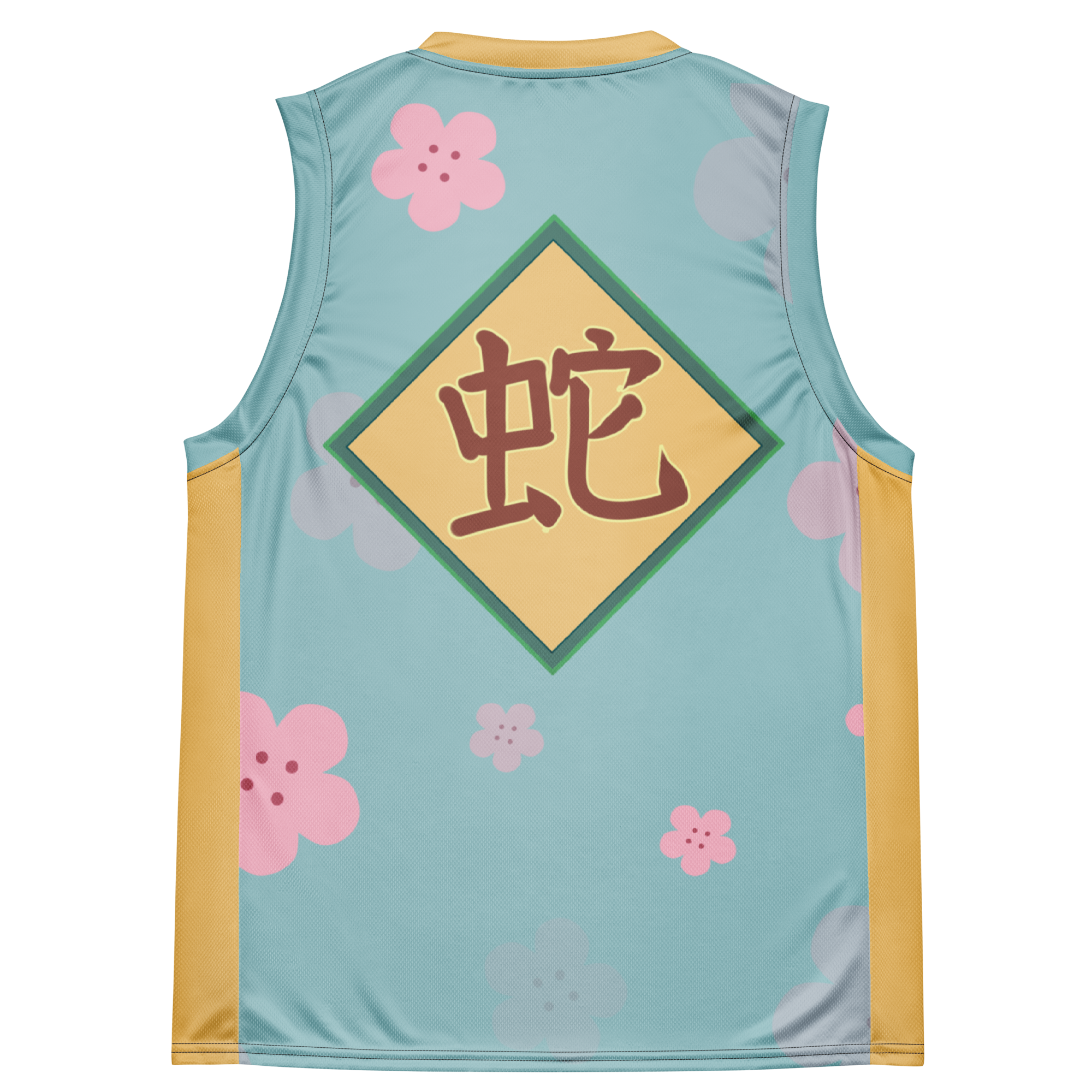
















Dejar un comentario